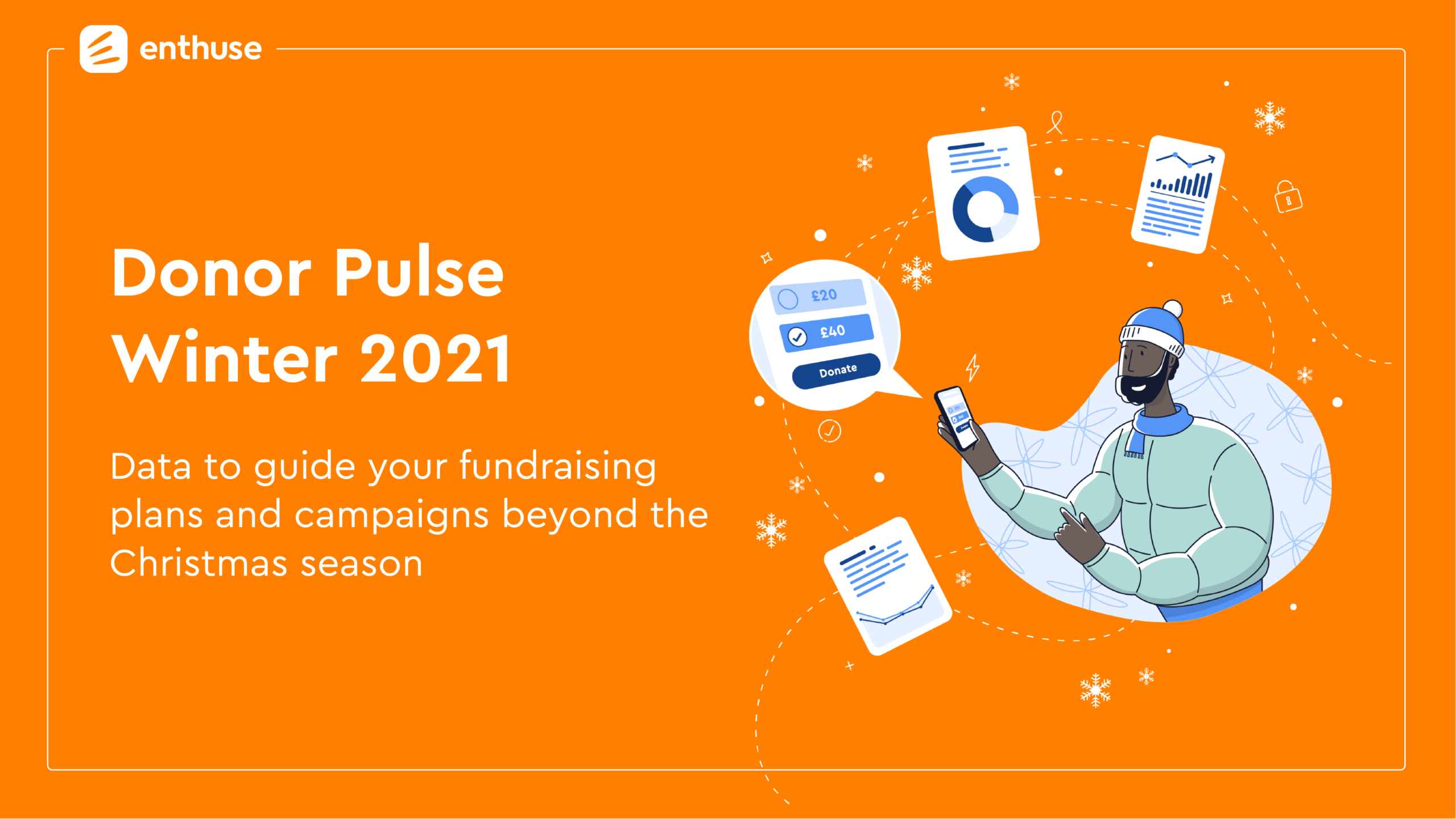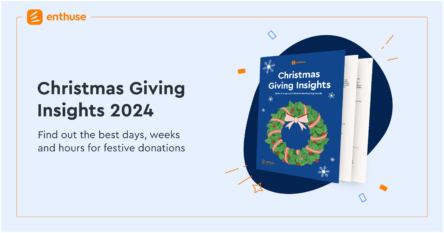
The latest edition of our quarterly Donor Pulse research examines the public’s Christmas giving intentions as well as the factors that impact their generosity. The report also looks at some of our key benchmarking stats, such as online giving and the state of fundraising. This edition includes insights into people’s views on receiving charity marketing communications as well.
With the festive fundraising season underway, we wanted to see what charities could expect when it comes to donor giving behaviour this year. One of the key findings from the latest Donor Pulse research is that 43% of people say their financial situation will make it harder for them to donate this year than last.
However, even with these financial challenges, the good news for charities is that nearly three quarters (73%) of the public plan to donate over the festive season. This is up from 68% this time last year, and shows that even with less disposable income, the intention to donate and support good causes remains strong.
Donors are not just for Christmas
Just under half (49%) of the public are more likely to give around Christmas than other times of the year. Providing eye catching campaigns to tap into that generosity is important as 38% of people say they give at Christmas simply because they are asked to, and a further 42% are looking out for opportunities to donate at this time of year. This means there’s a receptive audience for charities to appeal to over December.
In terms of the amount people who are planning to donate, the research indicated an average maximum donation of £41 for the festive period. Donors planning on giving the most are Gen Z at £53 and the least are 55-64 year olds with £33. Gen Z (78%) and Millennials (74%) are the most likely to donate over the Christmas period. However these two age groups are also the least committed to giving with only 30% and 33% respectively stating they were very likely to give. Charities would do well to ensure they target these age groups specifically with relevant campaigns to convert these donors.
Fundraising requests on the up
There’s encouraging news regarding the volume of fundraising activity, with 45% of the public having been asked for a donation by a friend, colleague, employer or school in the last three months. A healthy figure, which rises to 62% when looking at under 40s compared to 34% for those over 40. 35% of the public has been asked to support friends, family or colleagues in their personal fundraising activities.
This has contributed to an overall increase in giving with 71% of people having donated in the last three months – the highest it’s been for a year. This has played out in online donations too, with 43% of the public having done so, compared to 39% the previous quarter. Donations directly through a charity’s website remain the most generous with an average donation of £42.63 through the site compared to an average of £34.46 on consumer giving platforms.
Furthermore, 78% of donors say they remember the name of the charity they last gave to when they donate through the organisation’s site yet only 57% do when using a consumer giving platform. Food for thought for charities contemplating how and where they ask supporters to donate.
“The Christmas period is a crucial time for most charities, and even though money is tight for many this year the desire to give remains strong, which is testament to the quality of work across the third sector. The key challenge for charities will be turning those festive donors into regular givers. Taking donations directly through their own site and having total control of all supporter outreach will be a crucial step for charities in building that supporter relationship so they donate time and time again.”
Chester Mojay-Sinclare, CEO and Founder, Enthuse
Why supporters are opting out of charity comms
While donations look promising over the festive period, the opportunity to keep talking to donors looks more challenging. The report shows that more people reject opting in to marketing communications (39%) than accept it (36%). For those who opt out, over half (51%) of donors do not want a charity emailing them asking for further donations, or are not interested in receiving the charity’s emails in general. The second biggest reason for opting out is data management. 49% of donors cite concerns about how their data would be shared by the charity and worry about the potential of a data breach.
This is crucial information for charities who are looking to turn those new, one-off festive donors into long term supporters. Fewer than one in five of over 55s are willing to opt in, meaning charities need to look at alternative ways to keep them engaged, and perhaps need to consider more traditional routes as part of the mix.
Gen Z (54%) and Millennials (47%) are the most open to communication, likely due to their greater understanding of how data is freely exchanged for information and services – and knowing how to control this. Even so, a significant minority (29% of Gen Z and 35% of Millennials) remain reluctant to opt in, perhaps because of their lack of engagement with the charity, as they are giving in the moment.
To download the full Winter Donor Pulse report, click the following link.









